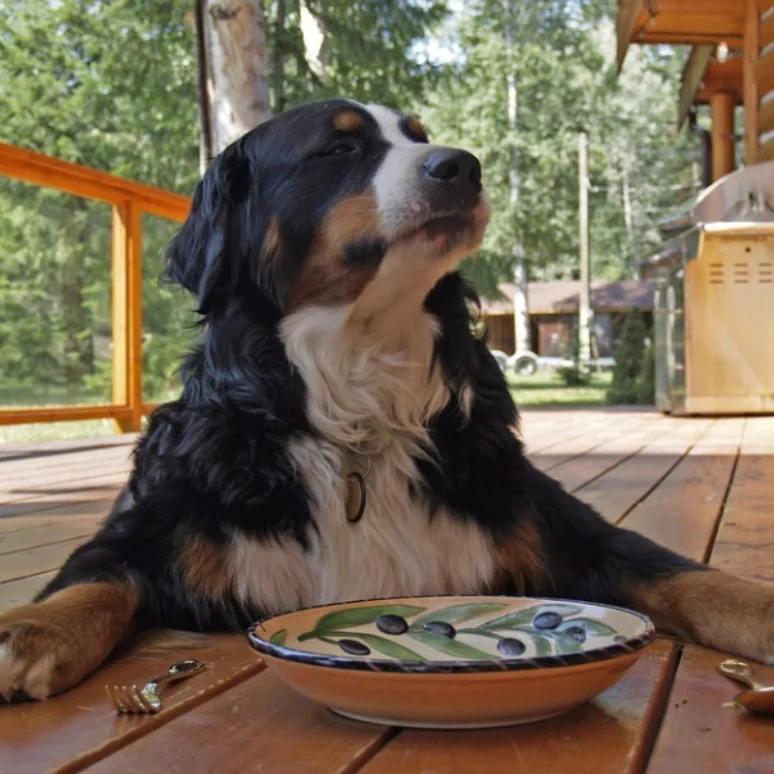Photo via Pixabay
Article Written by Bakers Acres Contributor: Nick Burton
How could anyone not adore your dog? He’s cute and super friendly and wouldn’t hurt a squirrel. The truth is not everyone is a dog person. Sometimes even dog people aren’t enamored with other people’s dogs, especially in their yards (but more about that later). By following the etiquette tips below (otherwise known as “petiquette”), you and your pup will live in peace and harmony with your neighbors. Best of all, you’ll have a happier, more secure dog because a well-behaved dog is a happy dog!
In Public
Unless you’re in a dog park, in your own fenced-in yard, or live on 500 acres, always leash your dog when outside.
Training is not optional. The well-trained city dog needs to respond to a minimum of five basic commands: “sit,” “stay,” “heel,” “leave it,” and “come.”
When you get a new dog or move into a new neighborhood, you’ll want to introduce your dog to neighbors after you’ve settled in. Pick a time when your dog is tuckered out and fully fed, and be sure to communicate any special info (e.g., your pup isn’t very good with children). This is also a good time to broach the subject of “lawn accidents.” Assure them that if your pup should ever poop on their lawn that you will pick it up. Some neighbors will not want your dog to even step on their front lawn, let alone relieve himself on it. This is the perfect time to gather that kind of info.
No article about petiquette is complete without a section on bio breaks. The Humane Society says, “Scoop your poop,” but being a good neighbor is about more than that. Unless your neighbors have given you free rein in their front yard, you should not let your dog use it. For one thing, your dog’s urine can cause grass damage. Also, once a dog goes on a yard, others smell it and start using that same spot, too. All dogs use urine marking to communicate different messages. Part of being a conscientious neighbor is not letting your dog “communicate” on your neighbor’s mailbox, lawn, or gnome ornament.
If you have a yard of your own, encourage him to relieve himself there before heading out on a walk. While walking, train your dog to use the strip between the street and the sidewalk. Carry a bottle of water with you (along with extra bags), so when accidents happen, you can flood the area with water.
It is your responsibility to make sure that your dog does not jump on people or lunge at other dogs. Of course, if you find that your dog exhibits aggressive behavior when meeting new people or their pets, you’ll want to work with a professional before introducing him to neighbors!
While at Home
Whoever said that good fences make good neighbors must have had a dog. When it comes to responsible dog ownership, nothing is more critical than having a good fence—one that keeps both diggers and jumpers out of your neighbor’s yard. Most importantly, fences keep your dog safe. According to HomeAdvisor, it costs around $1,640 to $3,964 to install a fence, and considering the peace of mind it brings, it’s the best investment you can make for you and your dog.
When a neighbor complains about anything from how much your dog barks to how smelly your backyard is, listen, apologize when applicable, and take action. Most of all, be considerate.
When it comes to being a conscientious dog-owning neighbor, you’re always better off using the Platinum Rule vs. the Golden Rule. That means doing to others what they would like vs. what you yourself would like. By following the tips above, you will set up positive relationships built on consideration and respect, and you and your dog should enjoy many beautiful days in the neighborhood.

